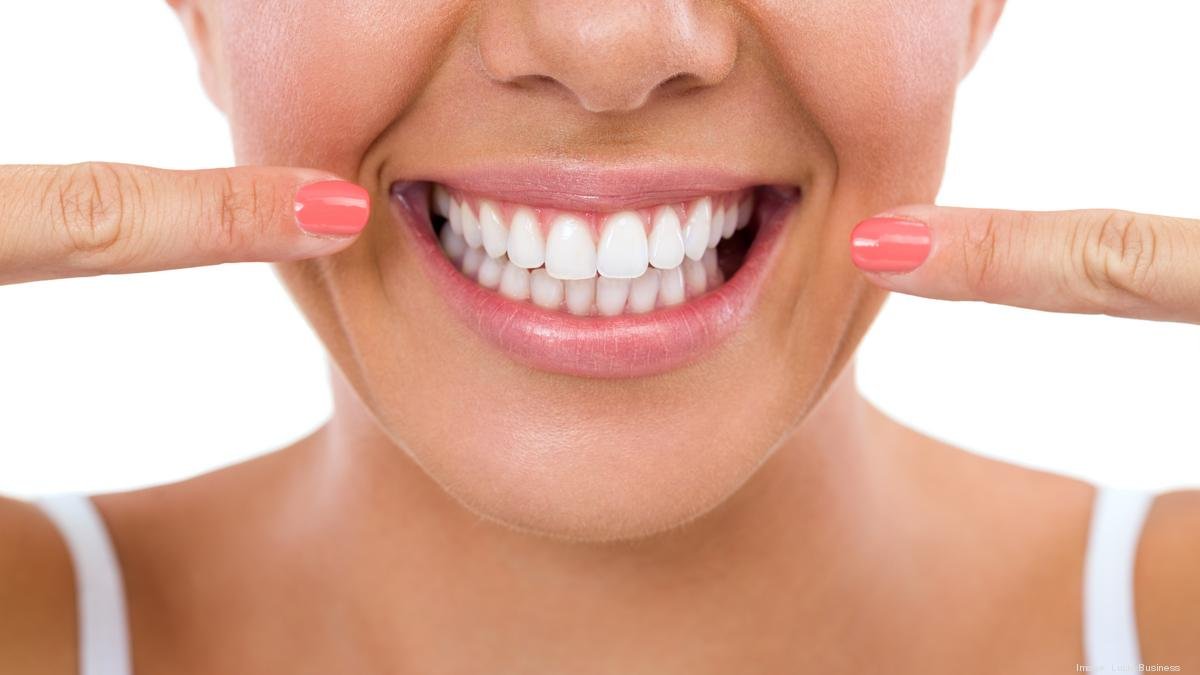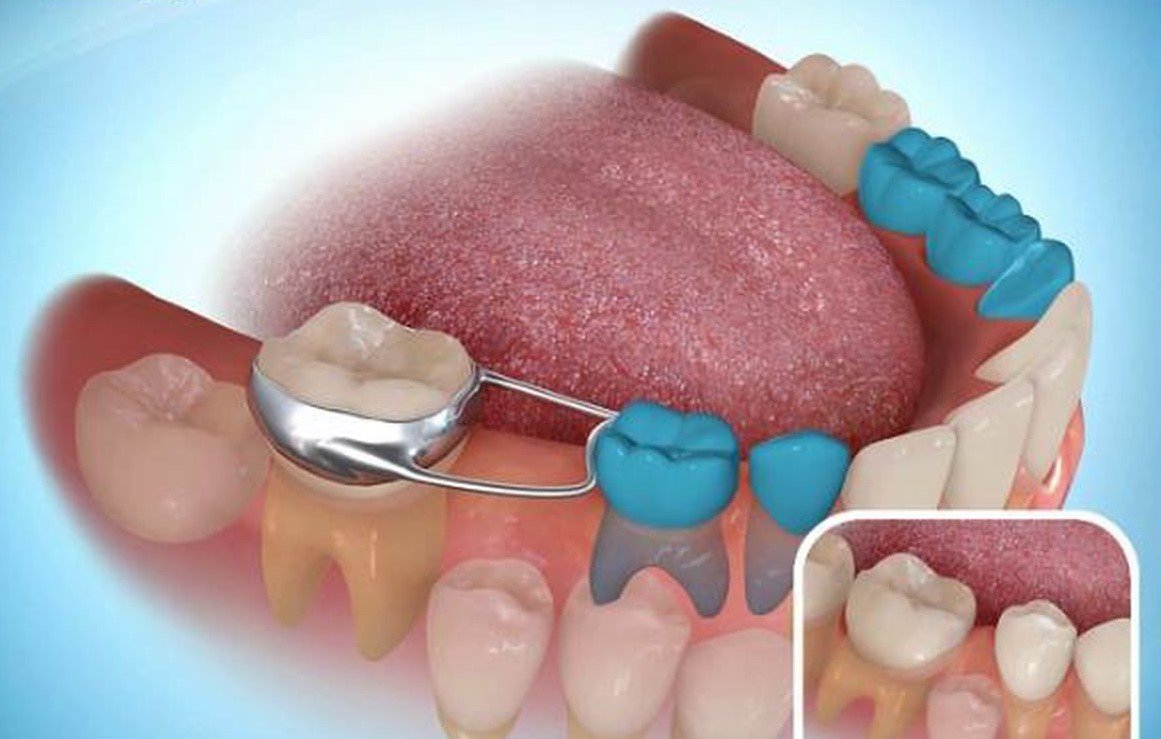Cleaning and Prevention
Dentistry is founded on the principle of prevention. All patients are recommended biannual cleanings and examinations. Not only do they help you quash dental problems before they arise, they leave your gums healthier, and your teeth cleaner and whiter. A professional cleaning removes hard plaque (calculus or “tartar”) that cannot be removed by brushing and flossing alone. It also involves a fluoride treatment and polish to help protect, strengthen, and soothe your teeth and gums. Even if you haven’t had a cleaning in over two years, it’s never too late to treat your teeth.
What are some preventative measures I can take?
Brush with a fluoride toothpaste
Use a soft-bristled toothbrush after each meal. Electric toothbrushes are highly recommended.
Floss daily before bedtime
Use a fluoridated mouthwash (like ACT) before flossing
Avoid sugary drinks (soda, juice, sweet tea, sports drinks, chocolate milk), candy, coffee, and tobacco. Drinks with sugar alternatives will not cause decay.




